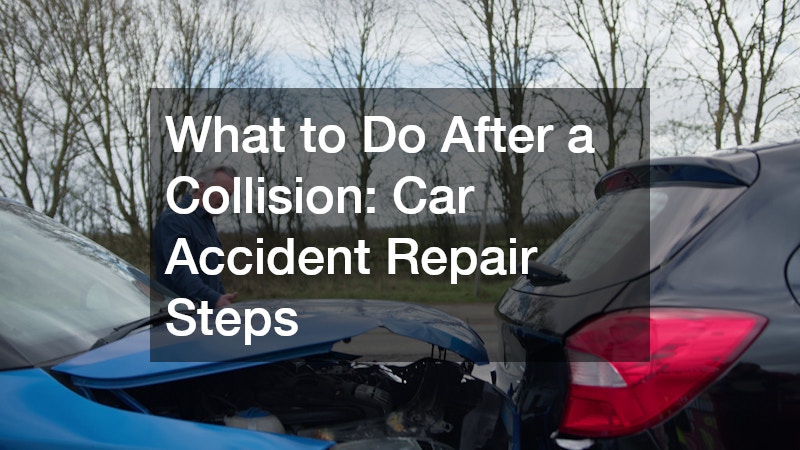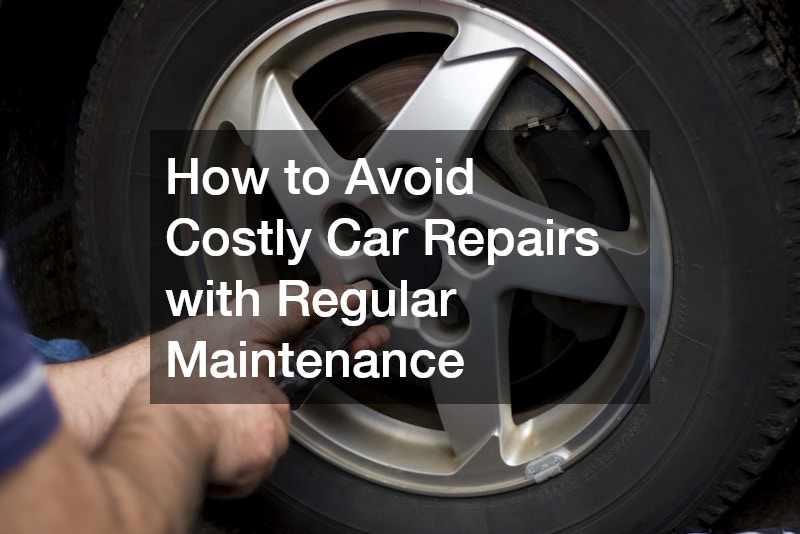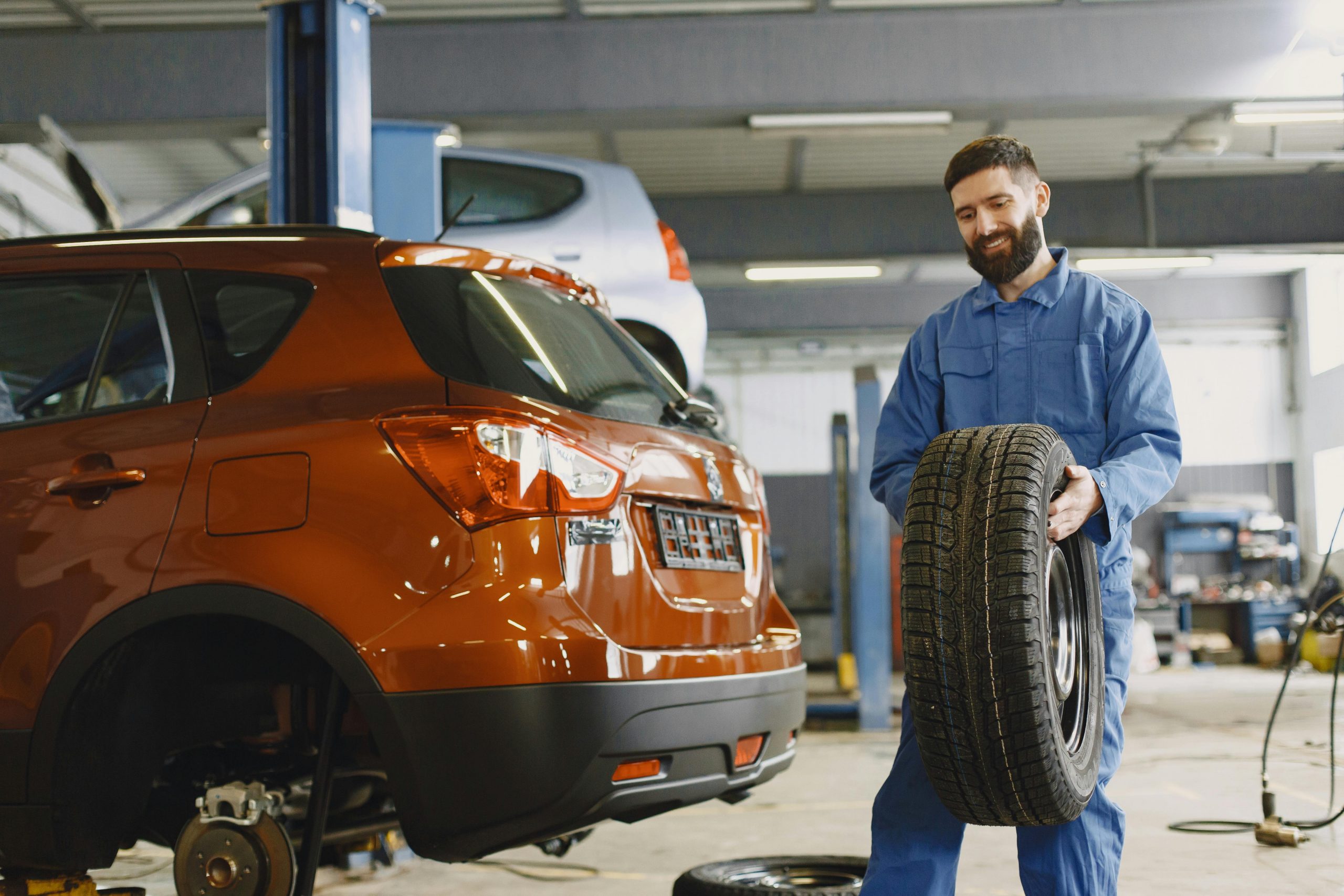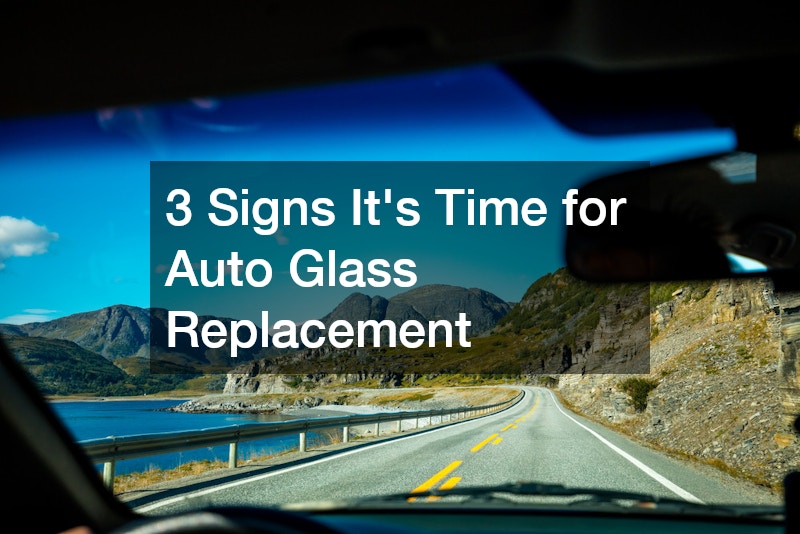Car accidents are stressful, disorienting, and often overwhelming experiences. Whether it’s a minor fender bender or a more serious collision, knowing the right steps to take immediately afterward can make a huge difference in your recovery process—both physically and financially. Beyond ensuring your personal safety and the safety of others, it’s essential to follow a structured approach to handling the aftermath. This includes reporting the incident, complying with legal obligations, working with your insurance company, and managing accident repair steps effectively.
Repairing your car after an accident is not just about restoring its appearance—it’s about ensuring your vehicle is structurally sound and safe to drive. A rushed or poorly managed repair can lead to ongoing mechanical issues, reduce your car’s value, and even put you at greater risk in future accidents. That’s why understanding the correct sequence of car accident repair steps is critical.
From visiting an auto collision center to working with your insurance agent and ensuring the use of quality parts, this guide will walk you through the entire process in detail. By following these steps, you’ll not only navigate the logistical challenges of a car accident but also protect your investment, your rights, and your peace of mind.
What should I do immediately following a car accident?

The moments after a car accident are crucial. First and foremost, prioritize safety by checking yourself and any passengers for injuries. If anyone is hurt, call emergency services immediately. Once it is safe, move your vehicle to the side of the road, if possible, to avoid obstructing traffic.
Next, exchange information with the other driver, including names, phone numbers, license plate numbers, and insurance details. Document the accident by taking clear photos of both vehicles, the scene, and any visible damages. Having this evidence will be invaluable later when working with your insurance company or repair professionals.
Finally, notify law enforcement if required in your area. A police report provides an official record of the incident, which can help resolve disputes and speed up the claims process. Once the immediate steps are handled, your next stop should be a trusted auto collision center for a professional assessment of your vehicle’s condition.
How do I determine the extent of the damage?
Determining the extent of damage goes beyond what you can see at a glance. While surface scratches, dents, or broken headlights may be obvious, structural or mechanical issues often hide beneath the surface. That’s why professional inspections are critical in these accident repair steps.
Start by reviewing visible signs: fluid leaks, unusual noises, or misaligned wheels. Even seemingly minor issues can indicate deeper mechanical problems. For example, if your car pulls to one side after an accident, it may suggest damage to the suspension or frame.
Your car insurance provider will typically require an inspection to document the extent of the damage before approving accident repair steps. Many insurers send adjusters, or they may direct you to approved shops for estimates. The key is not to rely solely on a quick glance—detailed assessments from experienced professionals ensure that every issue is addressed properly.
What are the steps to file an insurance claim?
Filing an insurance claim can feel complicated, but breaking it into steps simplifies the process:
- Notify your insurance provider immediately after the accident. Provide them with all the collected information, including photos, police reports, and details of the other driver.
- Work with your insurance agent to clarify coverage. They’ll explain deductibles, liability coverage, and how much of the repair bill will be covered.
- Get an estimate from a certified repair shop or an insurer-approved auto appraisal company.
- Submit supporting documents—such as receipts for towing or temporary transportation—if applicable.
- Stay in communication with your insurance company. Claims can take time, and missing paperwork or details may delay the process.
In some cases, if your vehicle is declared a total loss, it may be directed to auto recycling rather than repair. Understanding the process upfront helps you prepare for every outcome.
How do I choose a repair shop?

Choosing the right repair shop can determine the quality and longevity of your vehicle’s restoration. While your insurer may recommend certain shops, you’re not required to use them, and it’s important to remember that the decision ultimately rests with you as the vehicle owner.
Start by thoroughly researching local options and paying close attention to certifications such as ASE (Automotive Service Excellence) or I-CAR (Inter-Industry Conference on Auto Collision Repair). These designations demonstrate that technicians have undergone advanced training and are held to high industry standards. Don’t be afraid to visit the shop in person—observe the cleanliness of the workspace, ask to see examples of past repairs, and inquire about the technology they use for diagnostics and frame alignment.
Whenever possible, consider choosing a full-service auto collision center that can manage structural, mechanical, and cosmetic repairs under one roof. This streamlines the process, avoids delays, and ensures all work meets the same quality standards. Finally, don’t underestimate word of mouth—recommendations from friends, family, or even online reviews can point you toward reputable shops known for consistent, high-quality results.
What should I expect during the repair process?
Understanding the repair process helps you stay informed and reduces stress. Most collision repairs follow a predictable sequence:
- Damage assessment and estimate. Your vehicle is inspected and repair costs are outlined.
- Disassembly. Hidden damage is uncovered once panels and parts are removed.
- Structural and frame repair. Specialized equipment ensures your car is restored to factory specifications.
- Auto body repair. Panels are replaced or repaired, dents are removed, and surfaces are smoothed.
- Painting and refinishing. Modern color-matching technology blends new paint with the original finish.
- Reassembly and testing. Components are put back together, and your car undergoes road testing to confirm performance.
By working closely with your chosen shop, you’ll know when to expect updates and how long the process will take. High-quality auto body repair not only restores appearance but ensures safety on the road.
How do I ensure the use of quality parts?
Not all replacement parts are created equal. After a collision, you may have options including original equipment manufacturer (OEM) parts, aftermarket parts, or salvaged parts. OEM parts are generally preferred for their quality, precise fit, and durability, though they often come at a higher price point. Aftermarket parts, on the other hand, can be more affordable and widely available, but their quality varies depending on the manufacturer. Salvaged parts, taken from other vehicles, may be cost-effective but could come with unknown wear or hidden damage.
An auto appraisal company can play a crucial role in ensuring you get the right components. They can verify that replacement parts meet industry standards and are appropriate for your specific make and model. This professional oversight reduces the risk of receiving substandard materials that could compromise your vehicle’s performance or safety.
Before authorizing any repairs, always ask the shop what type of parts they intend to use. Don’t hesitate to request OEM parts if your insurance coverage and budget allow, as these can help maintain your vehicle’s factory specifications. In the long run, using high-quality components not only preserves your car’s resale value but also provides peace of mind that it will perform reliably under everyday driving conditions.
What are the considerations for frame and structural repairs?

Frame and structural integrity are the backbone of your car’s safety. If these elements are compromised, your vehicle may not perform properly in future accidents. A bent or weakened frame can affect everything from alignment and tire wear to how the vehicle absorbs impact, potentially putting passengers at serious risk. Even small misalignments can cause uneven driving dynamics, vibrations, and premature part failure.
Repairing the frame often requires specialized equipment, such as laser measurement systems and hydraulic machines, that can identify even the slightest deviation and realign the structure to factory specifications. Skilled technicians use these tools to restore the car’s original geometry, ensuring that key systems like airbags, seatbelts, and crumple zones function exactly as intended during another collision. Without precise frame repair, even brand-new replacement parts may not fit correctly, leading to further complications.
Once structural repairs are complete, the finishing process is equally important. A professional car detailing service can remove dust, grime, and residue from the accident repair steps while revitalizing both the interior and exterior. Ultimately, structural repairs aren’t just about aesthetics—they’re about long-term safety, reliable performance, and peace of mind for every journey ahead.
How do I handle additional hidden damage discovered during repairs?
It’s common for hidden damage to surface once repairs begin. For example, removing panels might reveal bent brackets, damaged wiring, or compromised suspension systems. In some cases, even frame damage or weakened structural components can go unnoticed until technicians begin dismantling the vehicle. While these surprises can be frustrating, addressing them is essential to restoring your car’s safety, performance, and long-term value.
Staying in close communication with your repair shop is critical. A reputable shop will provide you with a revised estimate, break down the additional costs, and explain exactly why the extra work is necessary. This transparency helps you feel confident in the process. If budget concerns arise, consult your insurer—hidden damages are often covered once thoroughly documented and submitted.
Finally, once all the work is complete, consider adding protective measures such as auto ceramic coating. Beyond enhancing shine, this coating acts as a shield against dirt, UV rays, and environmental wear, ensuring your car maintains its post-repair appearance and value for many years.
What are my rights as a customer during the accident repair steps?
As a customer, you have the right to clear communication, transparency, and fair treatment throughout the repair process. This begins with receiving a detailed written estimate before any work is performed, including labor costs, parts to be replaced, and anticipated timelines. If unexpected damage is discovered during the accident repair steps, the shop must contact you for approval before moving forward with additional work. This ensures you remain in control of both the costs and the decisions being made.
You also have the right to select the repair shop of your choice, regardless of what your insurance provider may suggest. While insurers often recommend certain facilities, the final decision rests with you. Trust your instincts and do your research—if you feel uneasy about a shop’s reputation, pricing, or communication, you’re under no obligation to use them.
Another important protection is requesting warranties for both labor and parts. Reputable shops stand behind their work, offering guarantees that provide peace of mind long after the accident repair steps are complete. Many warranties cover issues such as faulty parts, paint defects, or poor workmanship. Some customers also opt to enhance their vehicle with aesthetic upgrades, such as a custom car wrap, but it’s essential to confirm these modifications won’t interfere with warranty coverage.
How do I maintain my vehicle post-repairs?

Once your car is has gone through the accident repair steps, ongoing maintenance is key to keeping it in top condition. Schedule regular inspections with a local auto mechanic to ensure that repaired systems are performing as expected. This is especially important in the months immediately following a collision.
Post-repair care may also include avoiding automated car washes until the new paint fully cures, waxing regularly, and keeping an eye out for unusual noises or performance issues. If your shop provided a warranty, make sure to follow their guidelines to keep it valid. Proper maintenance not only extends the life of your car but also preserves its resale value.
Recovering from a car accident can feel daunting, but following a structured process ensures smoother outcomes. From prioritizing immediate safety and filing insurance claims to choosing the right auto collision center and ensuring the use of quality parts, each step matters. Understanding your rights, addressing hidden damage, and committing to post-repair maintenance all play a role in safeguarding your investment.
By taking a proactive approach and working with trusted professionals—whether an insurance agent, an auto appraisal company, or a local auto mechanic—you can restore your vehicle to its pre-accident condition with confidence. Ultimately, the goal of car accident repair steps is not only to get your car back on the road but also to ensure its long-term safety, performance, and reliability.





